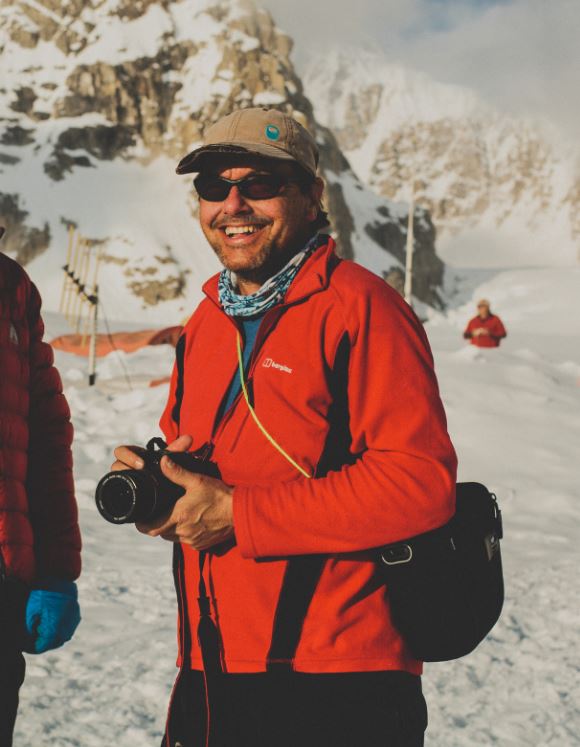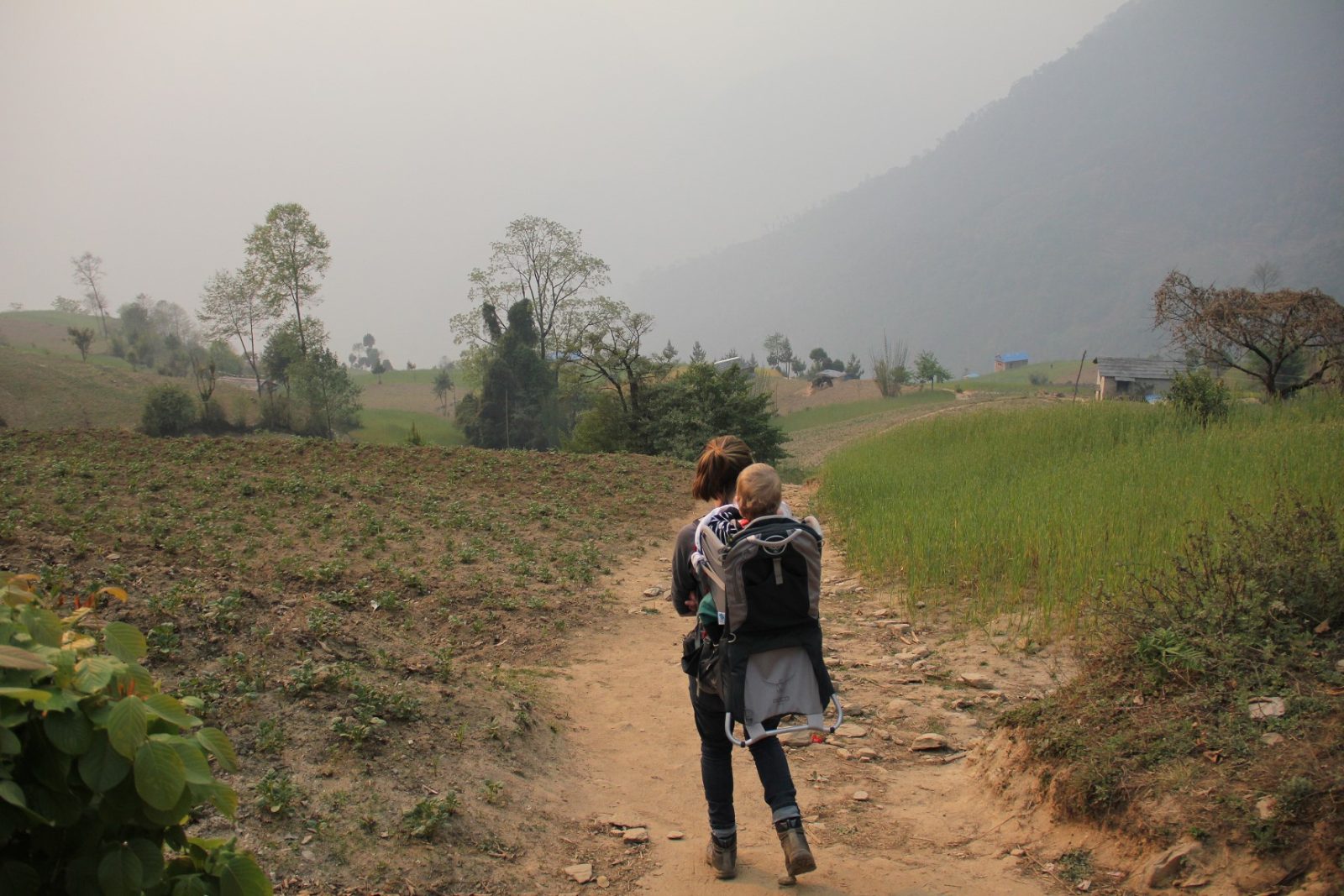
Trekking With Young Children in Nepal
It is a more challenging proposition to go to the Himalayas on a trekking holiday with a one year old, staying in mountain villages and carrying everything we would need on our backs.
I remember a friend saying he was looking forward to when his children were six or seven years old so that they could go travelling as a family to places like Nepal.
I never quite understood this because babies are quite portable and generally robust and I never felt that having one would hinder our own travels. When ours was four months old we went on a two month road trip round Europe in a Jeep Cherokee with the dog and it was great fun (thanks in part to my pair of noise cancelling headphones which I wore while driving).
Having said that, it is a more challenging proposition to go to the Himalayas on a trekking holiday with a one year old, staying in mountain villages and carrying everything we would need on our backs. Unfortunately this did not include a fridge, washing machine or kettle, the three items we practically hugged when we got back home.
Obviously you consider the health of your baby first and foremost and I think that your own travel experiences have encouraged us to be confident. We have both spent a lot of time in developing countries and they don’t worry us unduly. The reality is that emergency evacuation is easily available and there are fantastic hospitals in Kathmandu. Common sense prevails, so this article aims to encourage others to make a family visit to Nepal!
We found that most of our concerns were unwarranted, and that we needed to get out of the mindset of safe home routines where everything is instantly to hand. Things took longer to get ready and lots of things we just did without, but by and large we never really had a problem. I can say that now that we are back of course!
Vaccinations and Flights
Babies don’t get given travel vaccinations when they are so little, the Doctor just told us to make sure we were careful with using clean and boiled water for the powdered milk, and to be careful of the sun since it’s very intense in the mountains. We took Calpol and suncream and Sudocrem.
We booked our seats on the flight with a bassinet but it was too small, so we had to hold the baby in our lap for nine hours to Delhi, but getting through the airport was a breeze. We just had one small rucksack with all his stuff in it and the airline attendants were really helpful. It really takes teamwork to manage things like meals and nappy changes; so settling down to the movie channel with a bottle of Malbec while your partner struggles with a writhing frustrated one year old is not an option.
Travel Cot on Tour
Our biggest luxury was bringing a travel cot so we could always be sure he would be safe in his own room and feel familiar in his own bed. No regrets there, especially since I wasn’t carrying it! We brought a mosquito net which we used only once or twice when we headed to the steamier south of the country, and a lightweight sleep suit. He slept and napped everywhere without much of a problem, but we felt our sleep training since four months old was a big help.
Bath Time Essentials and Clothes, a Sponge and a Headtorch
We bathed him every night in any bowl, basin or bucket we could borrow, and we brought a sponge and a sarong to wrap him up in. He had a range of romper suits but we were forever washing clothes because he got incredibly dirty every day in the villages. Bath time was often quite interesting in a few inches of hot water in the dark with a head torch to see by!
Local Food Plus Ready Made Packets for Emergencies
We mostly ate local fare, but we did bring a stock of ready made packets plus of course powdered milk. He ate everything we gave him but we really missed fruits and the variety of vegetables he gets at home. It was quite hard to plan varied meals for him, but of course in this part of the world there are no shops selling a huge variety of stuff, and there is no refrigeration. Our treats for him were a bag of dried apricots and some biscuits which we eked out for the whole trip.
Mostly he ate rice, dal (lentil), green vegetables like kale and spinach, potatoes, barley, porridge, chicken stews, boiled eggs, chapattis and bananas. He never got sick but once in a while there were some sloppy poos which you’d expect anyway.
Generally we had to think much farther ahead than usual to prepare his meals because nothing could be frozen or refrigerated. A lot of the fresh food had to be picked from the fields. Bath time took longer to prepare because water was boiled over a wood fire.
Baby Carrier Pros and Cons
We brought a baby carrier/rucksack which is a great design; there are multiple pockets to store stuff and it has sun shades, rain covers and its own stand. Our child weighs ten kilos but in total I had eighteen kilos on my back which was significant at altitude and with the constant long hills.
The position of the baby sitting high and apart from my back meant I was continually compensating to prevent the carrier shifting from side to side, and this was harder than I expected. Keeping it upright and steady, especially when he was asleep, on steep and rocky terrain was actually quite painful. Some of our trekking days were seven hours with rests, which in retrospect was a bit long. Also he learnt fairly quickly the fun of grabbing hold of my ears and yanking them backwards; all I could do was pass him up little segments of dried apricot and biscuit, which of course he then masticated and smeared into my hair.
Bottom Stuff
We brought a very handy travel changing mat, and a load of disposable nappies. The local Nepali nappies were just not up to the job, they leaked all over the place. We had to carry the used nappies with us until we found a bin, which was not as easy as we expected. And of course we went through a million wet wipes.
The pot of sudocrem was useful, we didn’t want any nappy rash in the heat and with all the dust, and we did have to work quite hard to make sure he was clean and dry after changes. This was often tricky on the trail itself with mule trains walking past, yaks and buffaloes appearing round the corner, and trying to find a shady spot with some flat ground! When you put diarrhoea into the mix, this was one of those “What are we doing here?” moments.
Illnesses and Sickness
Your mind goes into overdrive thinking about what your baby could catch but during our trek he must have put everything into his mouth and never got sick once. Chicken poo, stones, bits of mud, a live fish (that another baby gave him), bits of old sandals, you name it. It is remarkable how resilient babies are. We tend not to over-sanitise our child’s environment – he’s quite often to be found in the dog basket at home being ‘washed’ by the spaniel – so we were happy to let him get on with it.
The worst occasion – and one that you simply could never foresee in a million years – was when the person in the room above the baby couldn’t make it to the loo in time and his diarrhoea dripped through the floorboards onto the cot in the night. My eyes never stretched as wide as they did when I saw it the mess in the morning. We were in a mountain lodge which would have required a helicopter to get us to the nearest hospital in Kathmandu, and our minds were alive with thoughts of dysentery and the like. Yet amazingly he never got sick, mercy!
A Walking Local Attraction
Everywhere we went the locals came out smiling and rushing to hold the baby, it was such a pleasure. He gave us such a different experience of trekking. The Sherpa women would take him off us for ages while we were invited in for drinks; we would find him with the other Sherpa children playing in the fields or on the path.
Other trekkers were bemused to see us appear with a baby; a lot said they were impressed by our bravery! In the lodges he brought everyone together as he toddled around, in the way that only a baby can. They’re like an international currency of happiness, and all my Sherpa friends were so pleased to have him in their homes.
Challenges in Kathmandu
Pollution in the capital and terrible traffic, especially in the heat, was difficult for all of us, let alone the baby. We had a much nicer time in the mountains! But we found taking local taxis and rickshaws upsetting if we ended up in a jam next to a truck belching out diesel fumes. I’d advise always going for air conditioned taxis or the big tourist Hiace vans, even though they are much more expensive.
We have our own guesthouse in Kathmandu which was fine but in the noisier areas round Thamel I’d recommend avoiding rooms overlooking any streets because of the noise of traffic and barking dogs at night. Be super careful of water, boiled only. As for the internal flights, they charge just £10 one way for a baby going up to the Khumbu area and they never checked him at all, he could have been our drug mule.
It’s a Baby’s Life
All in all, it was a very memorable holiday for us; not without its challenges and not always relaxing! We were definitely glad to get back to a fridge, washing machine and a kettle. But we’d never regret taking him with us, if only to prove to ourselves that travel and babies can go together. It’s so very easy to find reasons not to go! It forces you to be resourceful and a bit inventive which is no bad thing. It takes you way out of your comfort zone, but it brings you together as a family. And there’ll be plenty of family stories to live off in the future!
Other Articles About Trekking and Holidays With Toddlers:
From Highchairs to Himalayas – Do Babies Have to Spell the End of Adventure Holidays? – The Guardian
Travelling in Nepal With Kids – Responsible Travel
How to Avoid a Holiday Disaster When Travelling With Young Children – BBC News
Related Articles
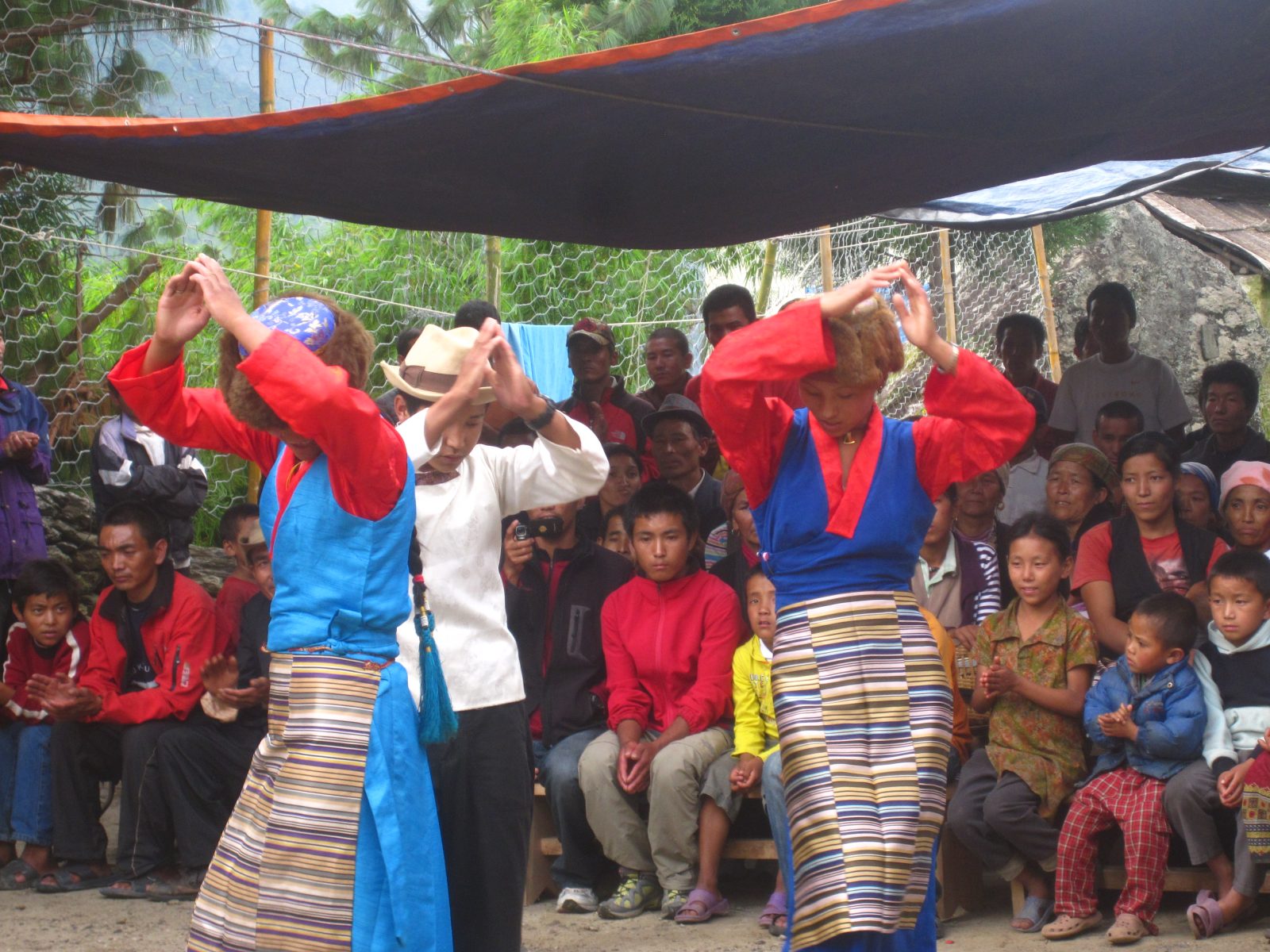
Happy New Year Nepal!
Although our calendar, the Gregorian calendar, is recognised in Nepal they also have others which are also used so it's currently the...
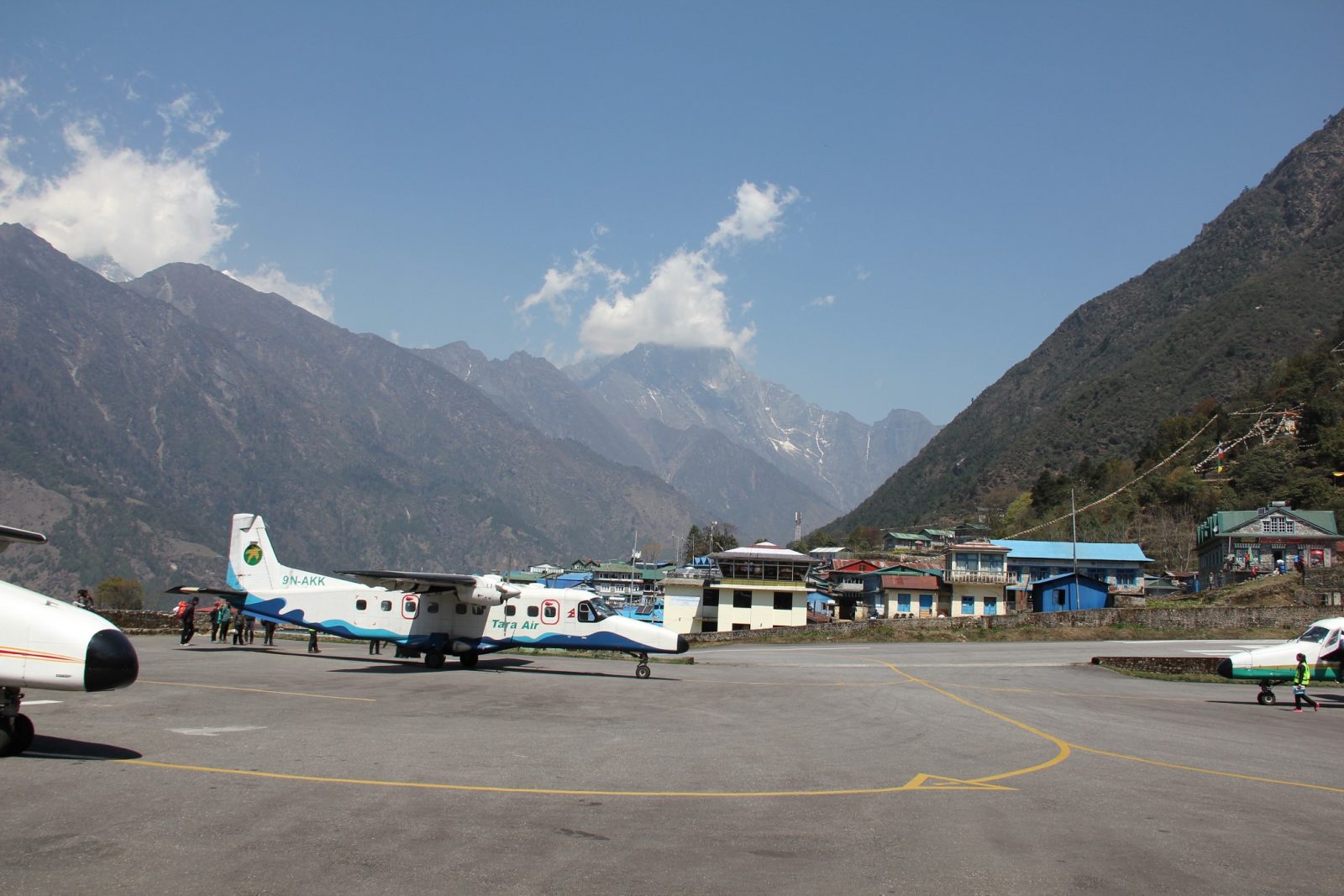
The Road to Everest
It used to be that the quickest way to get to Everest Base Camp was to fly into Lukla airport. Now all that is about to change with the building of...
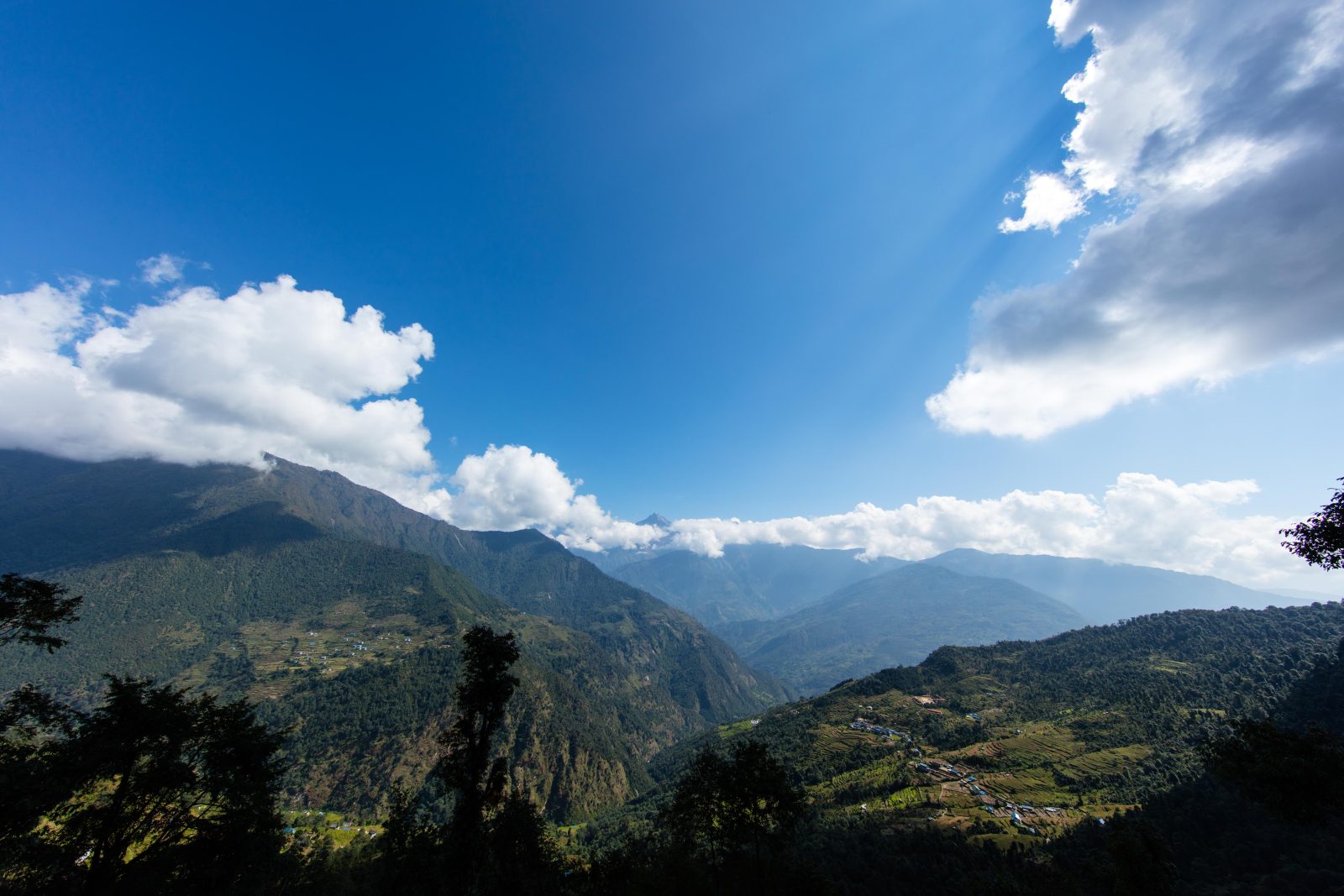
Trekking With Children in Nepal
There are no rules or laws that restrict children trekking in Nepal and it is the perfect place to combine stunning scenery with an incredible...
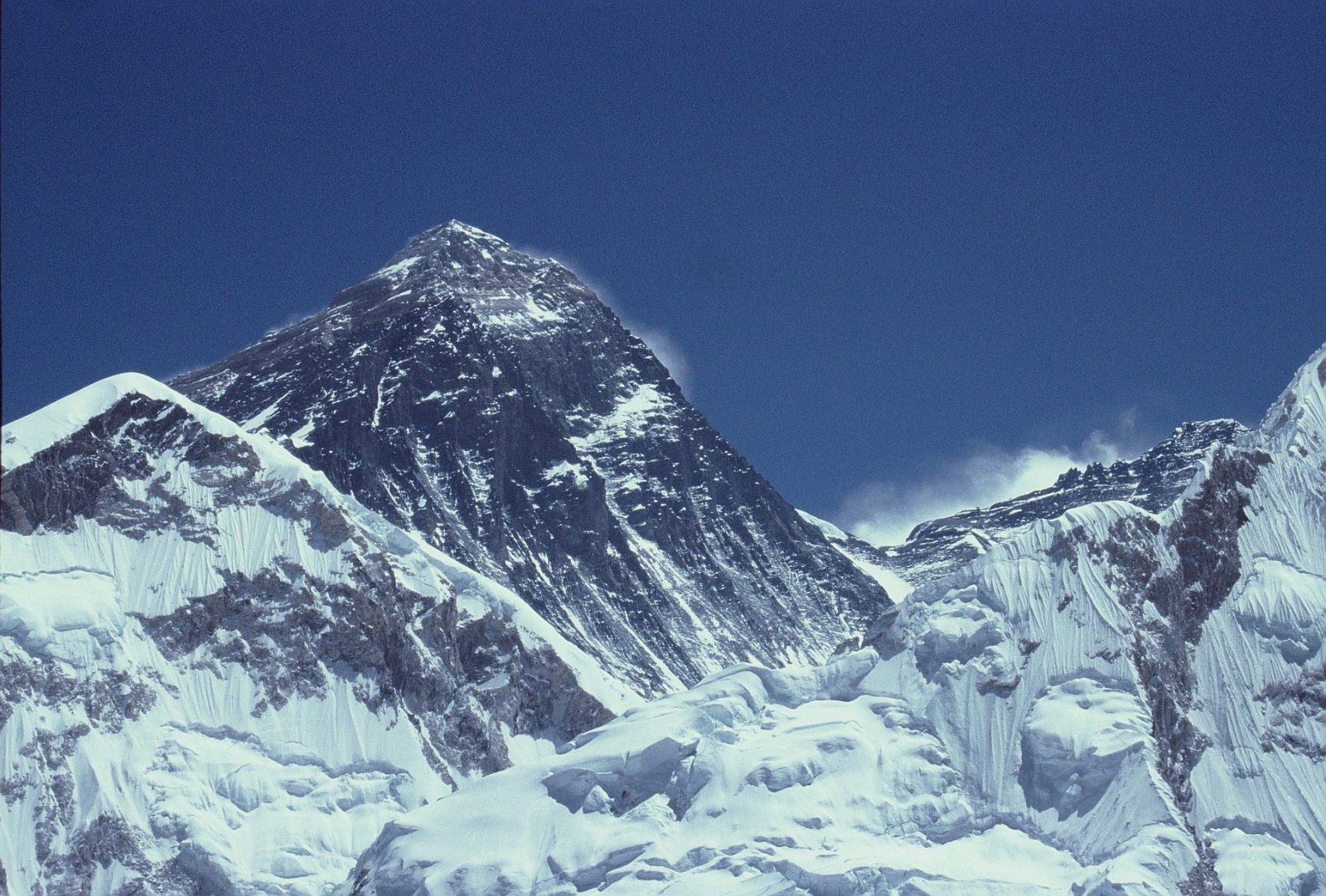
Faking Mount Everest?
An interesting story has come about towards the end of this years season on Mount Everest concerning the claim from an Indian climber that his...

How Hard is it to Trek to Everest Base camp?
A trek to Everest base camp is a very realistic opportunity for most people who enjoy the outdoors and have a good level of fitness and...
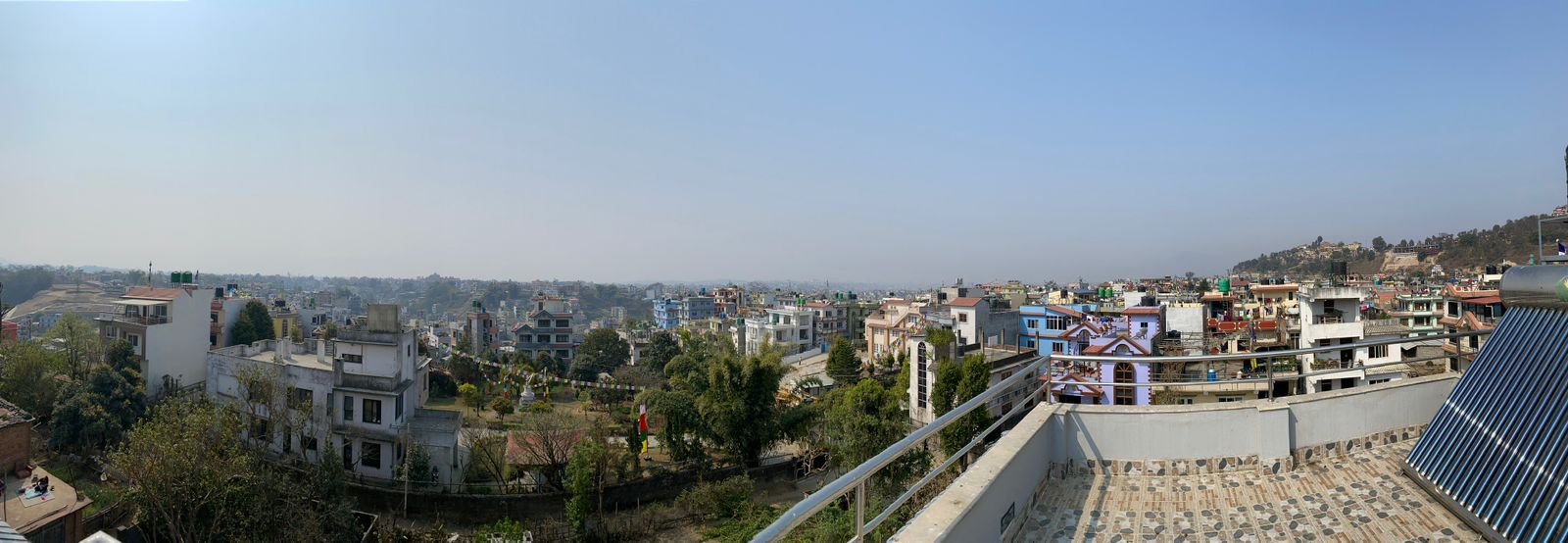
Accommodation in Kathmandu Guest House
We welcome trekkers, climbers, volunteers, medical students and travellers to the Adventure Alternative guest house in Kathmandu where you can get...
Nepal Named as Top Travel Destination in 2017
It seems like it’s finally the Nepal’s time to shineNepal’s name is in lights once again thanks to the travel experts at Lonely Planet, who...
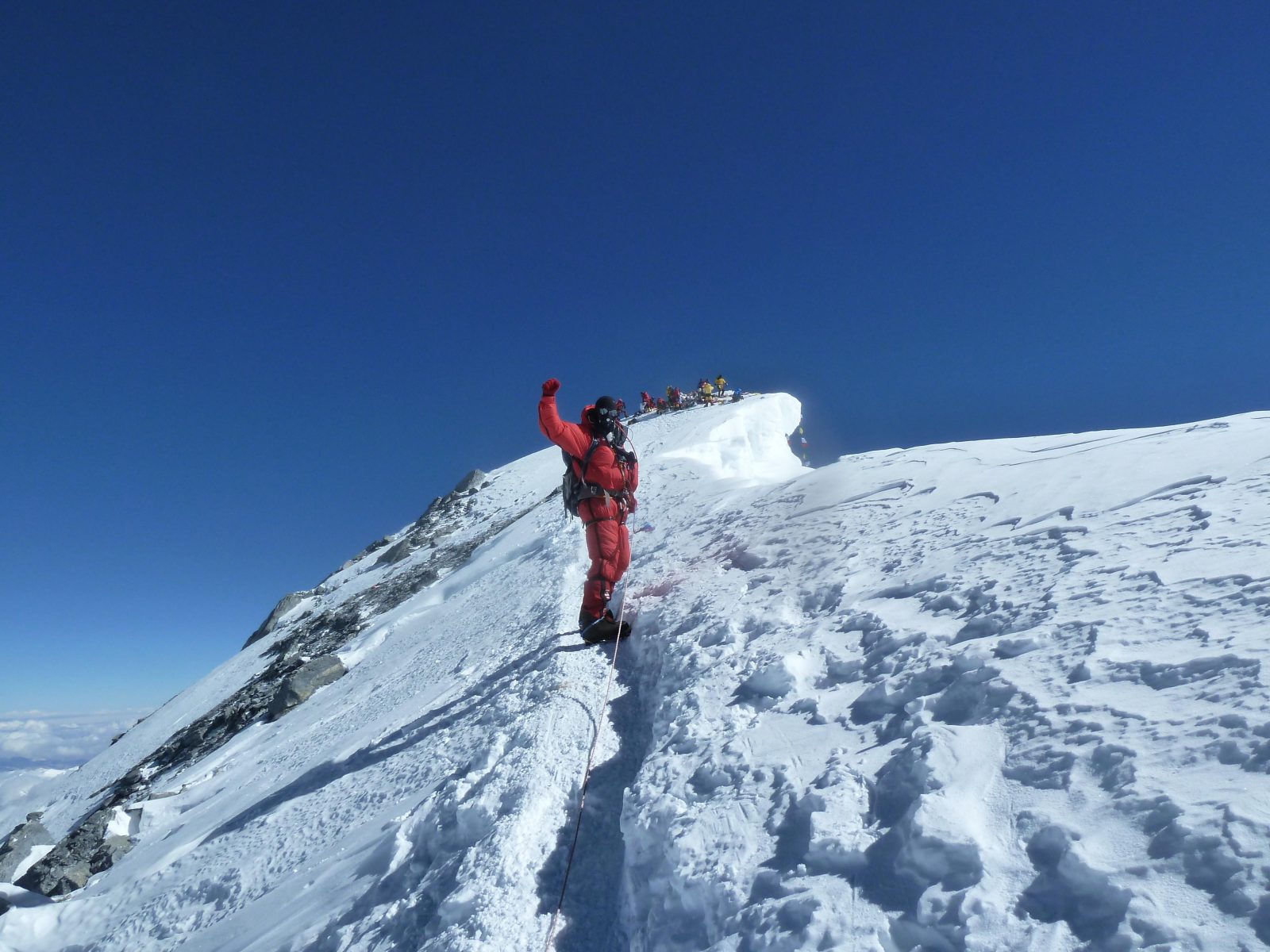
How Much Does it Cost to Climb Mount Everest?
The quick answer is about $45,000.00 but there are several choices to be made when climbing Mount Everest and each have different cost...
